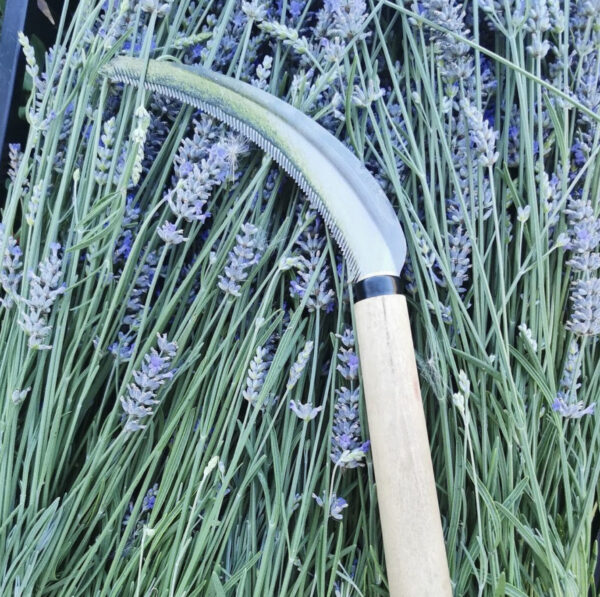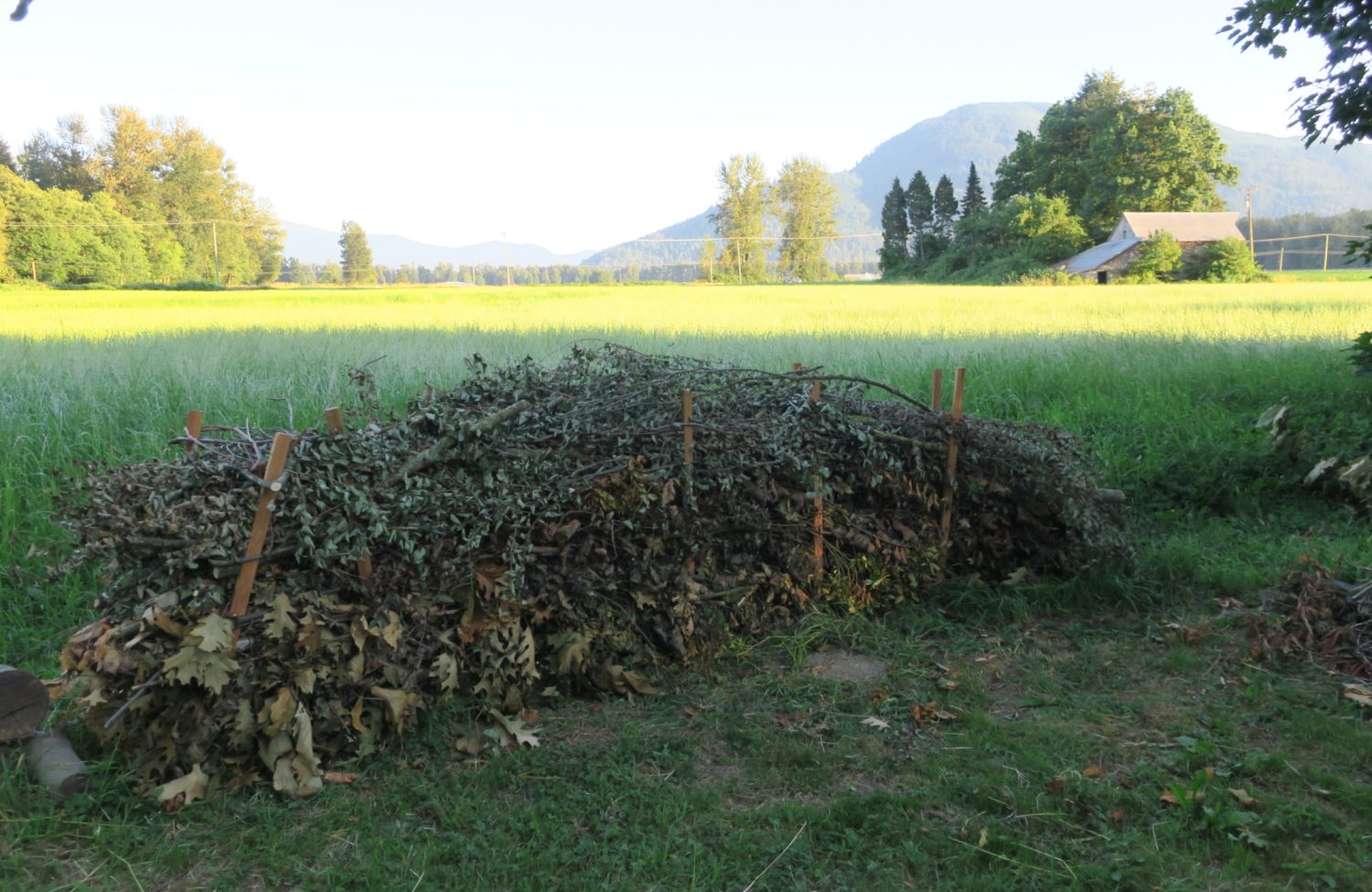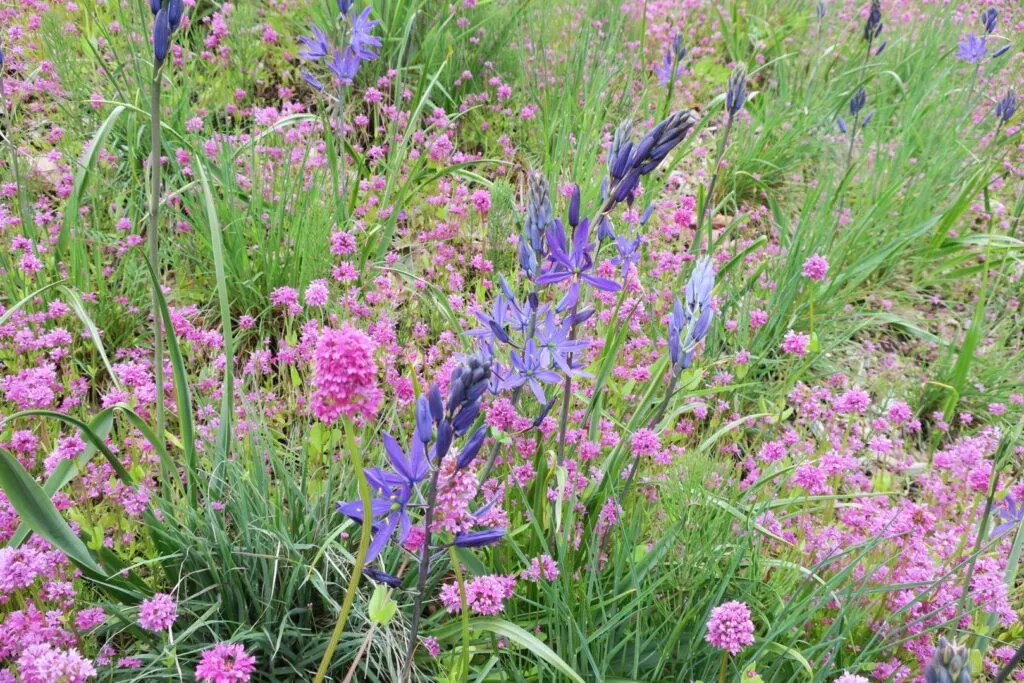Don’t Wait to Buy the Best Gardening Tools
Nov 15, 2023
Ok, I’ll be honest with you. For years I (a one-time municipal hort tech) took a really long time to buy good tools. I was used to making due with what I was given. Adapting the way that worked to fit with the tools that I had readily available. Often finding inventive ways to ‘make things work’. Well, fuck that, I was wrong.
I watched many a co-worker wreck themselves using the wrong tool for the job, over and over again. Instead, we should have picked not only, the best tool for the task at hand, but ones that fit our individual physicalities. Ergonomics matter.
Handle lengths, grip sizes, weight and reach are all things that shouldn’t be ignored. And believe me, just because you can do something strenuous, doesn’t mean that you should. Like pick up a 50lb bag of soil or hoist a log over your head. Yes, this will get you attention and perhaps even a little adoration from those watching, but you will pay for it down the line (when no one’s looking).

Using the right tool for the job can make all the difference for ease and efficiency of performance of your gardening jobs. And prevent all sorts of injuries.
Often the right tool is a thoughtfully designed tool, made from quality materials that will last you for many years. Special features may make the tool more comfortable to use, or work better, or simply fit your body better.
Good quality tools shouldn’t break when used appropriately and cared for properly, so understanding what a tool is designed to do and how to use it is really important. (Susanne Osmond)
Today, our gracious friends over at, Gardener’s Kit (you’ll see Susanne’s comments in bold italics), have joined us to share some insight and a few of their amazing tools. Everything featured is of the highest quality, sought out by Gardener’s Kit from across the globe, and available to purchase in their Victoria & Vancouver, Canada locations (they also ship!). I only mention this, as you most likely will find yourself saying, "why didn’t I think of that?" coupled with, "I NEED one of those!"
Firstly, we’ll look at the staple tools that every gardener should have in their kit. Later on, we’ll bring you part 2, where we’ll jump into those tools meant for more specialized tasks.
Essential Tools
1. Secateurs that fit your hand properly
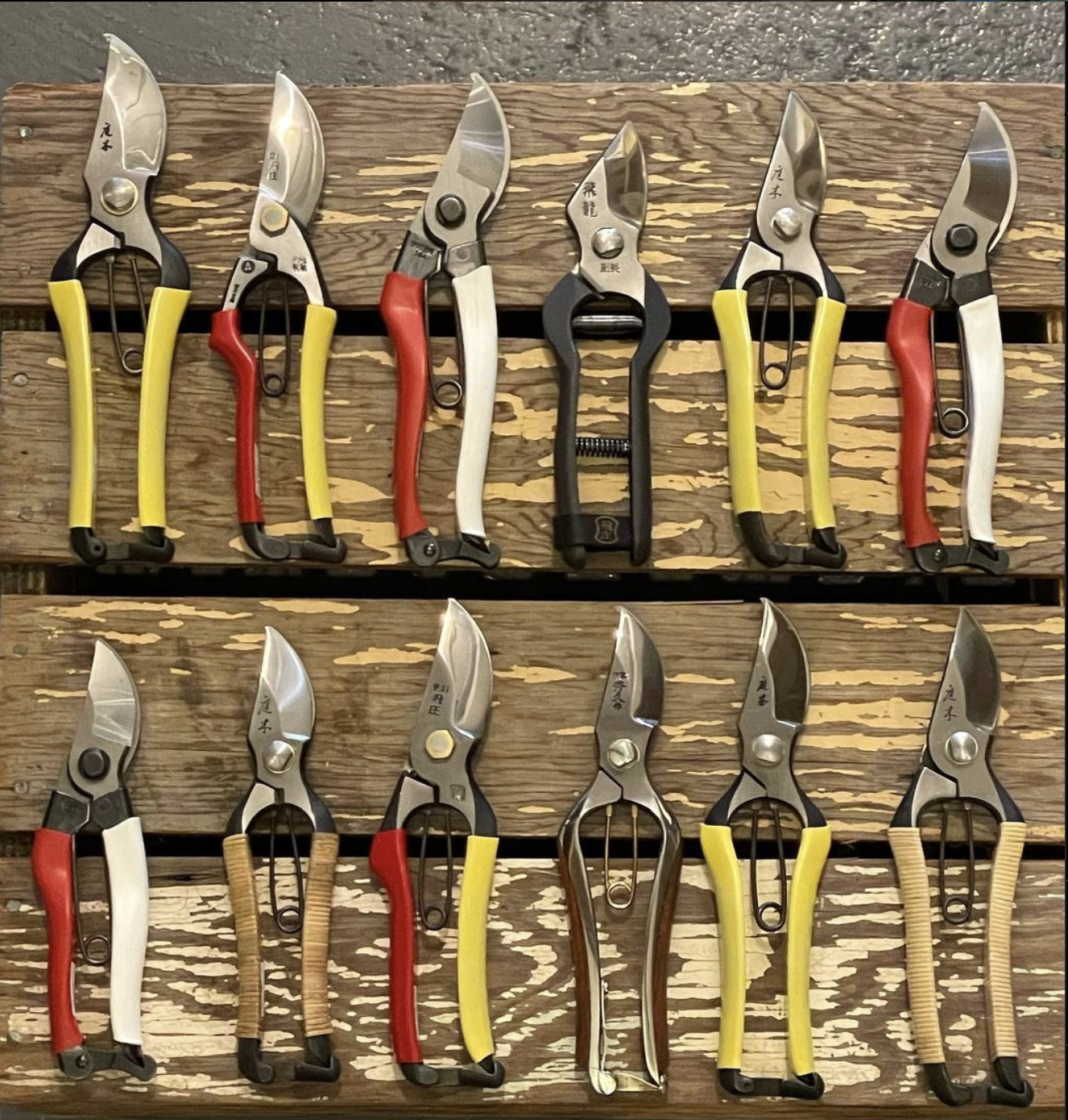
Gardeners spend a lot of time cutting stuff with their secateurs.
As a woman working in horticulture, I noticed that a lot of tools are graded for the male body and can be too big and heavy for women to use without strain, excessive fatigue, or chronic injury.
Finding the right size for your hand is so important. You should consider weight, length and width of the handles, and the comfort of the handle shape in your hand.
My favourites are the small sized, Okatsune’s; they have changed my life! As Susanne says, it can be difficult to find secateurs that fit your physique. My hands are on the small size, plus I’ve had have rheumatoid arthritis for 20+ years. So, for me there’s a fine line between, keeping my hands strong and agile and causing damage to my joints. Perfectly sized tools, allow me to make cut after cut, without having to open my hand too wide or strain. Plus, these are super light weight and feature a brilliant locking mechanism that’s easily operated with the flick of a finger. What I’ve learned over the years, is not to make your life any harder than it needs to be and not to let things like poor tools stop you from being active.
2. Folding pocket saw for bigger cuts
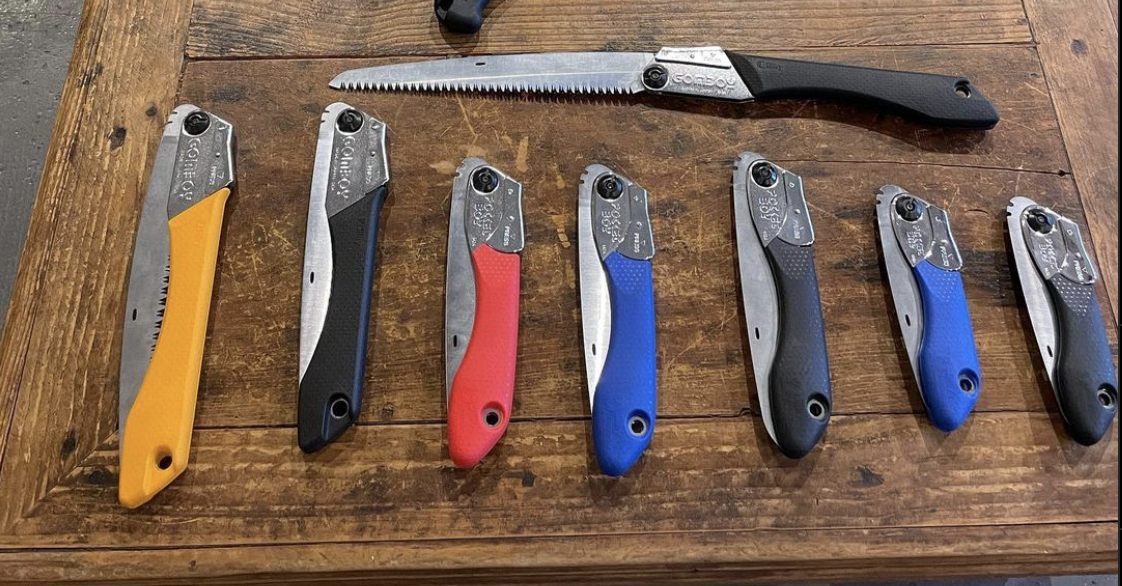
Use a folding pocket saw to deal with small pruning jobs that are too big for secateurs as you go so you don’t risk damaging your secateurs or straining your hand.
Added benefits: you won’t have to remember for later or run back to the truck or the shed to get a pair of loppers.
Yes! the Silky Pocketboy is my go-to hand saw. Small and light weight, with built in protection for it’s ultra sharp blade (when closed). It lives in my holster right next to my secateurs. Plus, it cuts in both directions, which is super handy in tight spaces when multiple cuts are needed.
3. Herbaceous sickle
This ultra-light sickle works brilliantly for cutting down herbaceous perennials and grasses in ornamental gardens.
The serrated blade cuts through stems with a sawing action, which makes for a healthy change of motion for the cutting hand and wrist.
Allows you to cover more ground, more quickly, than you would 'chop, chop, chopping' with secateurs.
All I can say is, absolutely amazing for late spring cut back. Faster and easier on your body than secateurs. Superior control and cleaner cuts, compared to power hedgers and clippers. Plus the bonus of no gas fumes or noise pollution.
4. Digging fork(s) for weeding, lifting and division
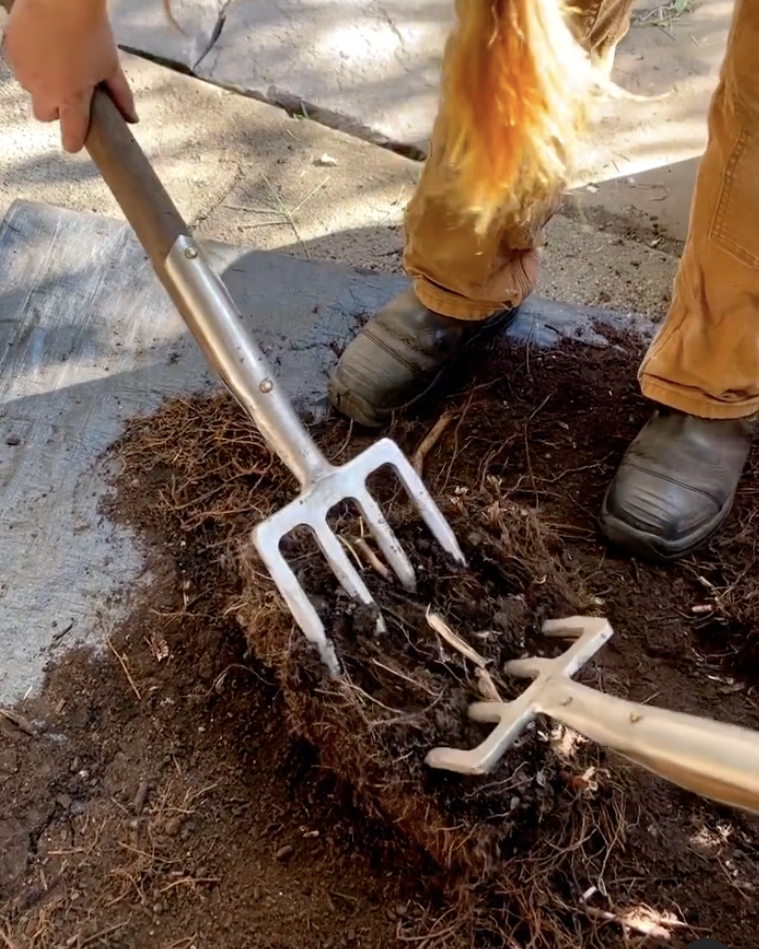
A border fork is a superior tool for weeding large areas, especially of vigorous tap-rooted or tuberous plants, because it doesn’t chop up the roots as much as a spade or shovel does. Pieces of root left behind in the ground are likely to regrow, so you want to try to tease them out undamaged as much as possible so you don’t have to do it all again in a few months.
The border fork is also brilliant for dealing with compacted areas; we go over them with a fork, plunging it in and loosening the soil throughout the area before we start weeding. Saves hours of painstaking hand work.
Bonus Tip: 2 forks for dividing perennials
Using two forks back-to-back to divide perennials allows you to tease apart the clumps, leaving roots intact and largely undamaged.
When you use a spade, you often inadvertently cut thick fleshy roots in half or chop off big sections of the rootball, reducing the number of divisions and the viability of transplants.
5. King of spades to dig up mature plants
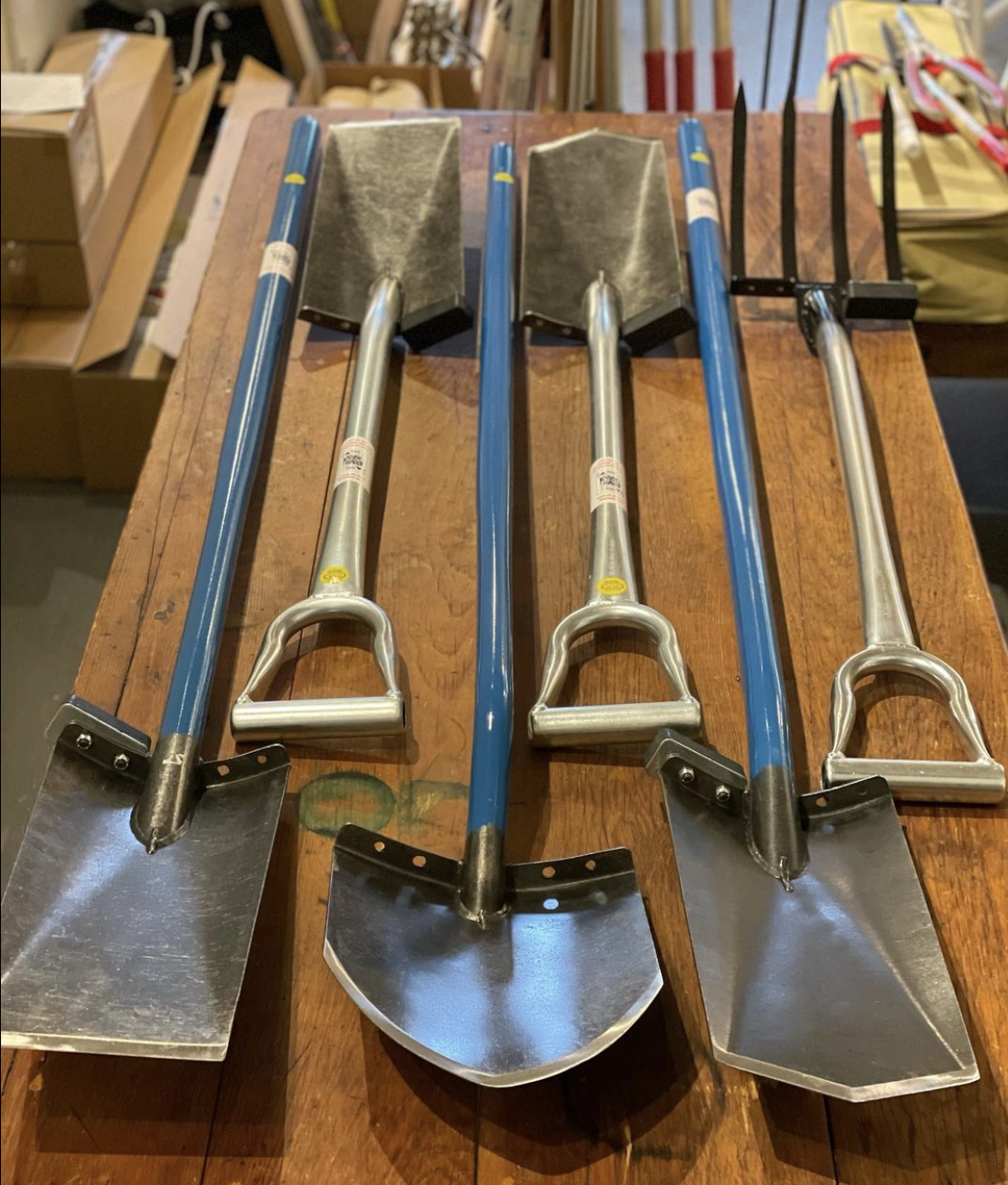
This tool makes digging up mature plant material a breeze! And it takes so much less time to do the work, saving wear and tear on your body.
Made of aircraft-grade steel, it will cut through anything and can be used to lever huge, weighty mature plants out of the ground.
Added benefit: virtually unbreakable.
I cannot say it enough, a good shovel can save so much effort. And, one that you know won’t crack or break under strain is even better. I always look for one that’s both light and strong. It also has to have a good handle length that suits my body. Too long, tends to get in the way, whacking people and hanging out of tool boxes. While too short, means that you can’t get good leverage.
6. Maintenance Kit
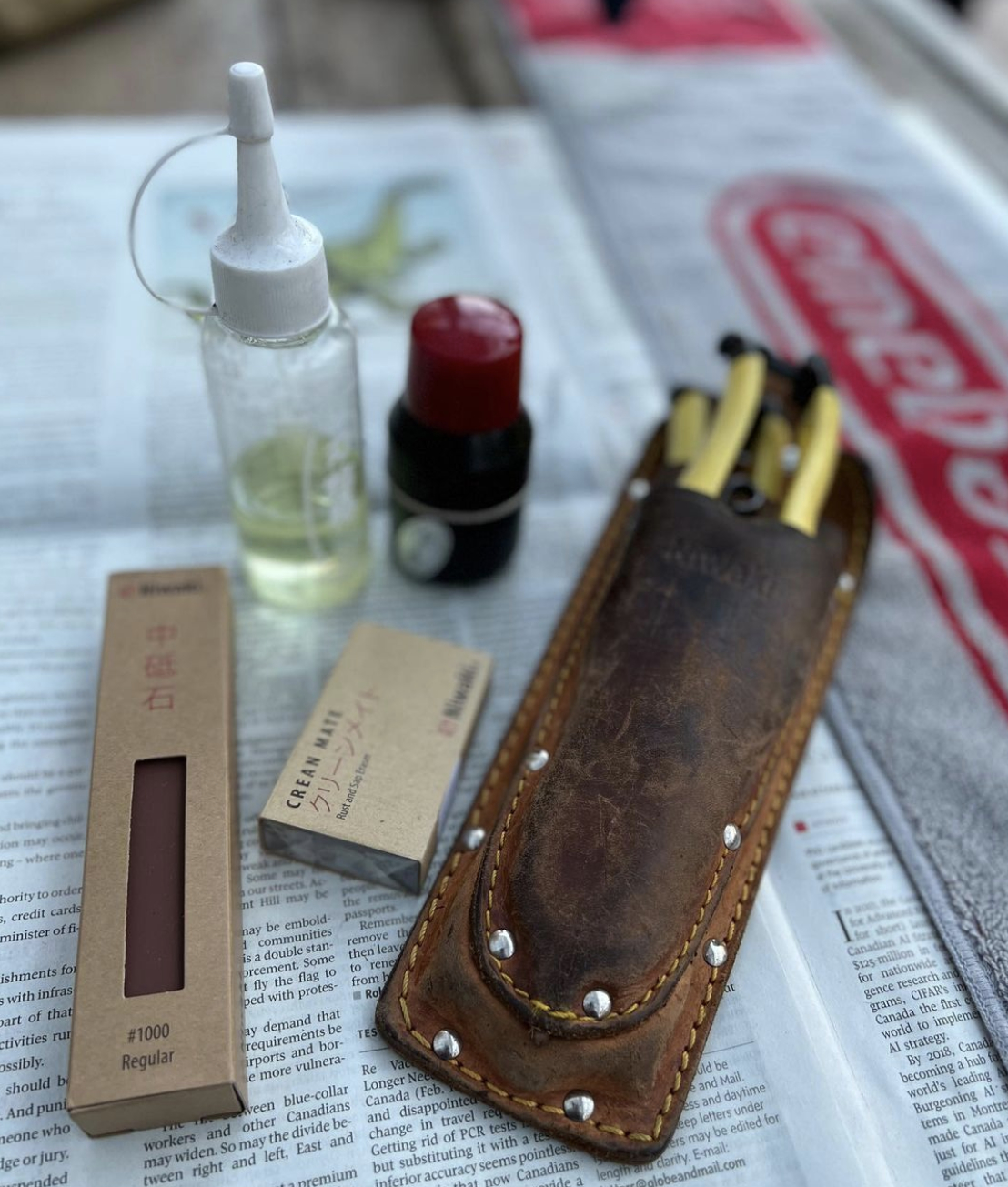
Sharp, well maintained tools will cut your work load significantly. And, it doesn’t have to be a big deal to keep your tools in shape. A good maintenance kit can be small and easily kept at hand. Available for quick frequent adjustments done on site.
My fav, is the Okatsune wet stone, that I keep in my kit. With a good soaking from my water bottle, I can always make sure that my secateurs are making the best and easiest cuts ever. I also keep a larger (Sneerboer) sharpener close at hand for shovels and trowels. It is a must in planting season! Every little bit helps when you’ve got thousands of bulbs to get in the ground.
7. Holster & Gloves
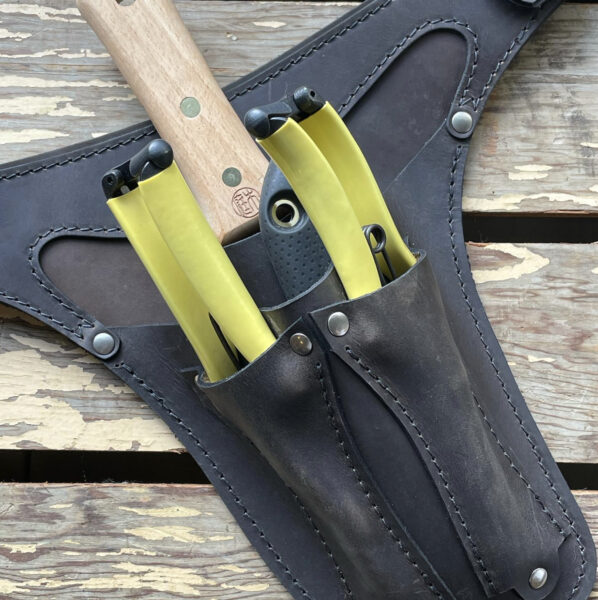
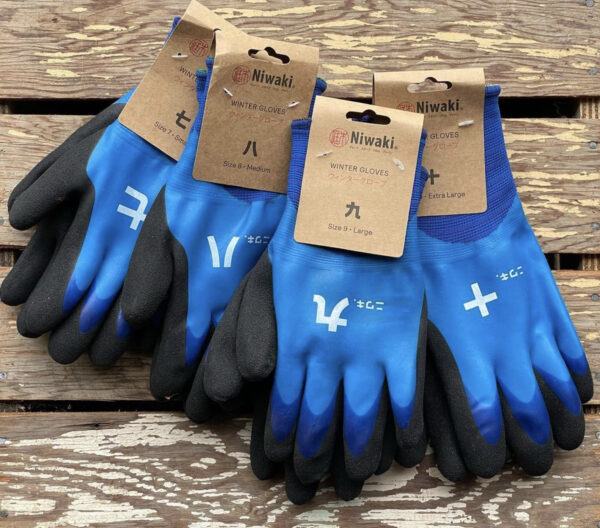
No one wants to deal with tools constantly falling out of pockets, let alone your phone. Or, accidentally sitting on a pair of secateurs that you absent-mindedly jammed in your back pocket. One of my best tools is my holster. It’s just big enough for a few hand tools (secateurs, folding saw and an iphone mini, in my case). It keeps them organized and protected; dry and clean. Whether hanging around my waist, across my chest or tucked away when I’m not at work.
The most important thing about using holsters or toolbelts to carry your tools is that your tools will always with you when you need them. And you won't accidentally dump them in the compost pile or forget where you put them down! If you’re going to invest in quality tools, you want to make sure that you take good care of them.
I'm more organized when I use a toolbelt for my essential tools (hori hori, secateurs, snips and folding saw) and that conveys a strong sense of professionalism to my gardening clients.
Bonus Tip: I like to wear my toolbelt over top of whatever gardening gear I'm wearing - sweaters, rain gear, jackets - for ease of access and removal. And then you don’t have to worry about wearing trousers with beltloops!
Gloves (and other PPE) are similar. You need to pick the best gloves for the task at hand. Always make sure that they fit you like Goldilocks says, “just right”. Not too big, with floppy fingers that can get caught up in tools or too tight, cutting off the circulation to your fingers. They should have good grips, plus the best feel and level of protection from the elements possible. I don’t know about you, but nothing brings me down faster than having to put wet gloves back on after lunch break.
Absolutely agree about putting on wet gloves – yuck! Keeping your hands warm and dry during the fall and winter months is so important; otherwise, you’re miserable. We sell cozy, insulated and waterproof gloves that do just that and still provide decent tactility.
Our thin spring/summer gloves are great for fine-detail work that requires a high level of manual dexterity. Both styles come in four sizes so there’s a comfortable fit for everyone.
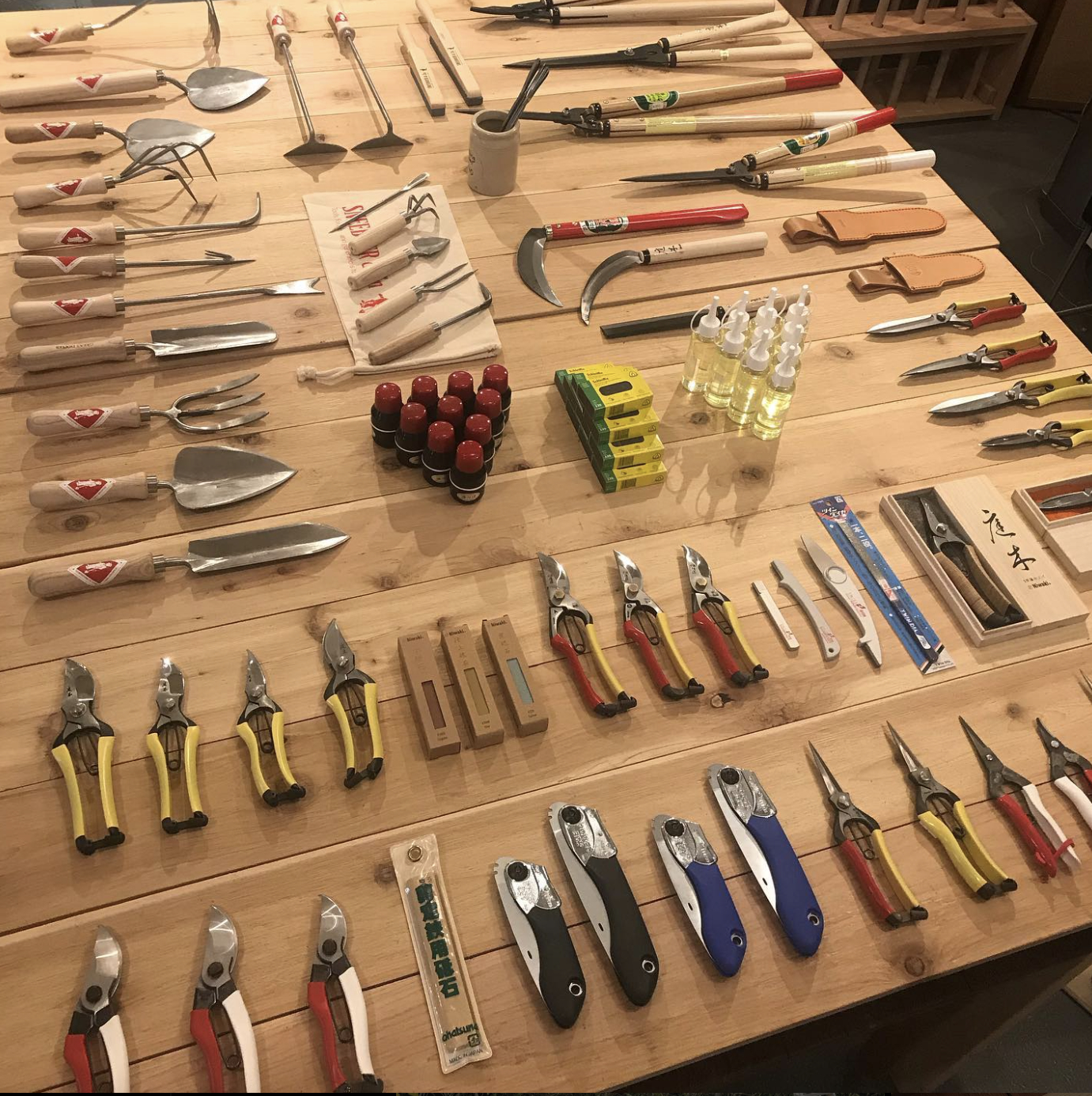
Thanks so much for joining us to chat about the best gardening tools available. Hand tools are often something that can be taken for granted. Their gas-powered counterparts may be flashier, but these are the constant workhorses of horticulture. Truly functioning as an extension of your body, allowing you to work at a steady and relaxing pace. They can help you to accomplish a great deal, with precision and skill, while limiting stress on your body.
Please let us know what your favourite tools are in the comments, and be sure to check back for Part 2 of, Why You Shouldn’t Wait to Buy the Best Gardening Tools.
Sara-Jane at Virens Studio &
Virens is a studio located in Vancouver, Canada. We specialize in Ecological Landscape & Planting Design, Consultation and Freelance Garden Writing. Find us on Instagram and Substack today.
Susanne at Gardeners Kit
Gardeners Kit offers the highest quality horticultural tools and accessories with locations in Victoria & Vancouver, Canada. Please check out their fantastic website today and don’t hesitate to find and follow them on Instagram (Victoria) (Vancouver)
Beyond tools, they also offer books, bulbs and workshops including:
© Virens Studio 2023 (all photos are used for demonstration purposes and do not necessarily belong to us.)
I have to admit, the life of a medieval woodsman appeals to me. Enjoying a cup of tea brewed fire-side, after a long but rewarding day of building dead hedges, hedge laying or producing various coppice crafts. Then retiring to a cozy caravan parked up beneath the stars. Traveling the countryside and living close to…
How to Build a Dead Hedge: What’s Old is New Again
If you’re interested in planting design, ecological gardening or urban landscape design, you’ve probably come across some rather academic phrases. Like, building plant communities and novel ecosystems, plant sociability metics and more. These may seem like concepts that are out of your grasp, too intellectual or just aren’t applicable to you. But, I would venture…
You’ve Heard of Right-Plant, Right-Place: Now Add Right Maintenance
aka Garry Oak Ecosystem aka White Oak, Oregon Oak or Oregon White Oak There’s nothing quite like British Columbia’s coastal Garry oak ecosystem in the spring; a softly undulating dreamscape of purply-blue Camassia punctuated by low twisted oaks and mossy boulders. It’s beauty can be overwhelming. But this landscape doesn’t exist in a vacuum, it…
